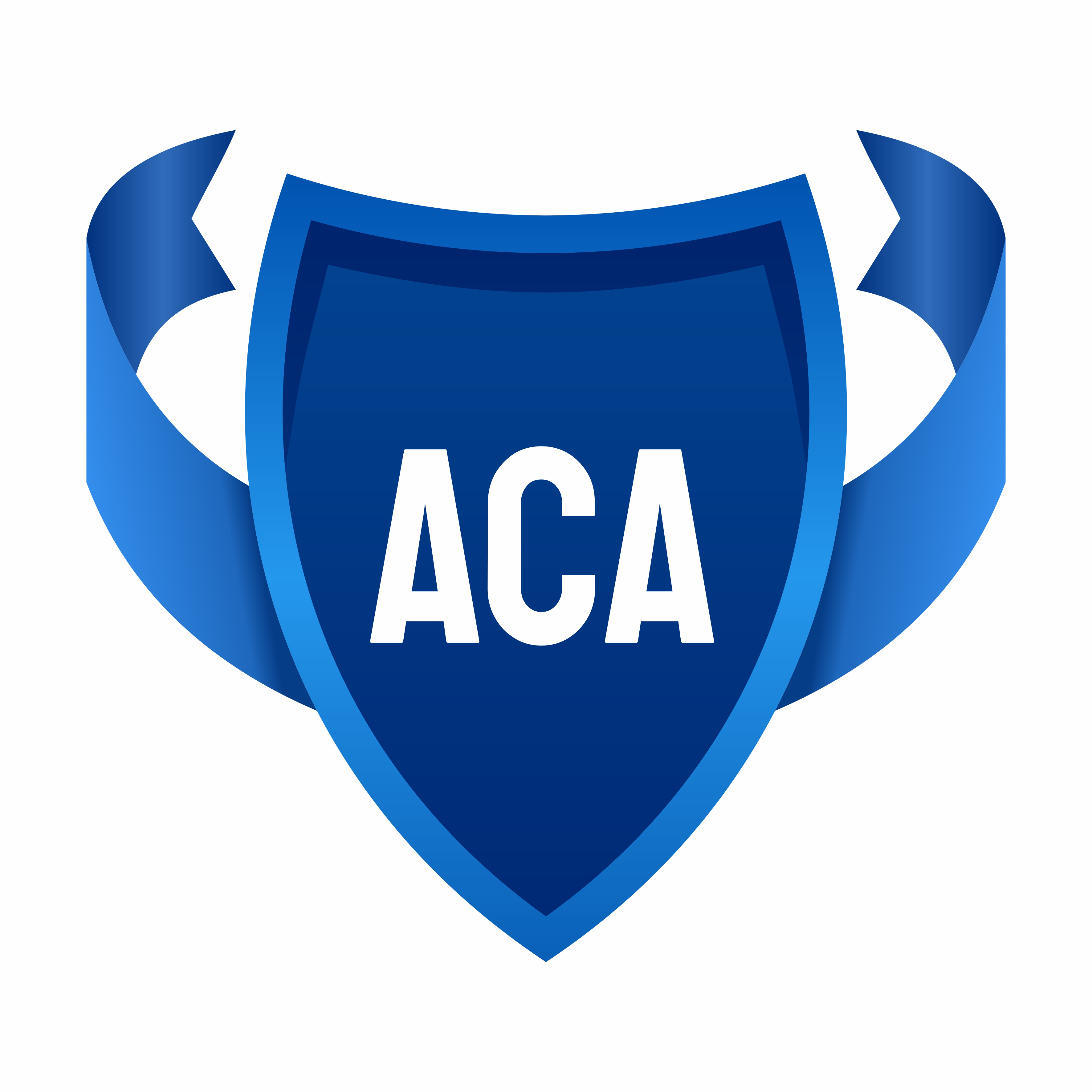Introduction
In today’s digitally driven world, technology is at the core of every business and industry. From small startups to large enterprises, IT infrastructure plays a crucial role in operations, communication, and innovation. As the demand for skilled IT professionals grows, certifications that validate technical knowledge and practical skills have become increasingly valuable. The CompTIA A+ Certification stands as a foundational credential for individuals looking to start a career in the information technology (IT) field.
What is CompTIA A+?
CompTIA A+ is an entry-level certification offered by the Computing Technology Industry Association (CompTIA). It is designed for individuals beginning their journey in the IT field. Unlike certifications that focus solely on one technology or vendor, A+ covers a broad spectrum of foundational knowledge that is essential across multiple IT roles and platforms. It is especially suited for roles such as IT Support Specialist, Help Desk Technician, Field Service Technician, Desktop Support Analyst, and Technical Support Specialist.
Exam Structure and Content
To earn the CompTIA A+ certification, candidates must pass two exams:
1. Core 1 (220-1101) – Focuses on mobile devices, networking, hardware, virtualization, and troubleshooting.
2. Core 2 (220-1102) – Covers operating systems, security, software troubleshooting, and operational procedures.
Each exam consists of up to 90 questions, including multiple choice, drag-and-drop, and performance-based questions. The duration is 90 minutes per exam. A score of 675 (Core 1) and 700 (Core 2) out of 900 is required to pass.
Topics Covered
Core 1 (220-1101):
– Mobile Devices
– Networking
– Hardware
– Virtualization & Cloud
– Troubleshooting
Core 2 (220-1102):
– Operating Systems
– Security
– Software Troubleshooting
– Operational Procedures
Who Should Take CompTIA A+?
The A+ certification is ideal for beginners who want to enter the IT industry, college students or fresh graduates, career changers, and entry-level IT professionals who want formal recognition of their skills. No formal degree or prior IT experience is required, though hands-on practice is highly recommended.
Benefits of CompTIA A+
– Global Recognition: Trusted by employers worldwide.
– Vendor-Neutral: Relevant across a wide range of systems and devices.
– Hands-On Focus: Ensures practical problem-solving skills.
– Career Advancement: Opens doors to advanced certifications and roles.
– Industry Trust: Recognized by major companies and government agencies.
How to Prepare for CompTIA A+
Study official exam objectives, use reputable books and video courses, practice with exam simulators and labs, and join study groups. CompTIA’s CertMaster platform is also recommended for guided learning.
Career Opportunities
Roles available after certification include Help Desk Technician, Desktop Support Technician, Service Desk Analyst, Technical Support Representative, and IT Support Administrator. With experience, you can specialize in networking, systems administration, cybersecurity, or cloud support.
Certification Renewal
CompTIA A+ is valid for three years. Renewal can be done by earning Continuing Education Units (CEUs), completing CompTIA CertMaster CE, or earning a higher-level certification like Network+ or Security+.
Conclusion
The CompTIA A+ certification is a strong foundation for launching your career in IT. It equips you with essential skills to troubleshoot, secure, and support a wide range of IT environments. Whether you’re new to tech or validating existing knowledge, A+ provides theory, practice, and global recognition for career success.
